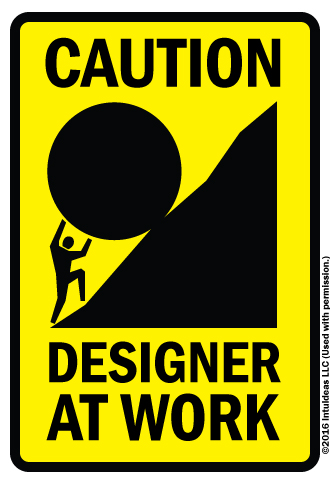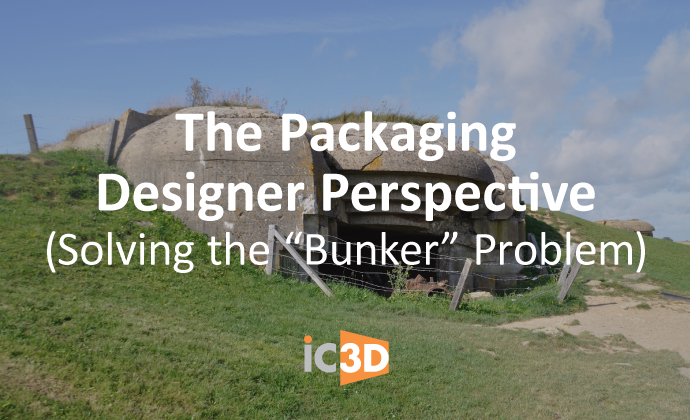For several months, I’ve written about the challenges of modern package design. But this has mainly been from the perspective of a brand owner or a printer/converter. That’s OK. Costs and time-to-market issues are pressing concerns for Consumer Product Companies (CPCs) and their partners. But just for a moment, let’s stop and talk about the packaging designer.
First off, I am not a designer. However, I’ve worked with and helped designers for many years—at agencies, brand companies, publications, and marketing departments. These are talented, visually intuitive people. On a daily basis, they solve complex communication problems under impossible deadline pressure. They also labor under the certainty that their work will be challenged and eventually replaced with the next big idea (hopefully theirs).
 The stressful nature of design work is usually due to the existence of multiple decision makers. These include an art director or head designer, heads of sales and marketing, and of course clients or brand owners. Typical graphic design is fraught with design-by-committee pressures. In my experience, designers can feel trapped in a workflow “bunker” of sorts. This pressure is even greater in the world of packaging.
The stressful nature of design work is usually due to the existence of multiple decision makers. These include an art director or head designer, heads of sales and marketing, and of course clients or brand owners. Typical graphic design is fraught with design-by-committee pressures. In my experience, designers can feel trapped in a workflow “bunker” of sorts. This pressure is even greater in the world of packaging.
Not for the Faint of Heart
Typically, a packaging designer has a higher number of stakeholders involved in each project. In addition to those listed above, there are members of a legal team—to insure the package complies with all relevant laws and regulations. In the food industry, this includes nutritional content and claims. Package design includes both shipping and display issues. So, logistics people must be involved. Analysts and consultants may also weigh in on design decisions, if the CPC does ongoing market research (as they should).
All this means there are a lot of “cooks in the kitchen.” Usually, they are in multiple locations around the world. Time-to-market cycles can be very long. A CPC can take many weeks to get a package right—with the onus squarely on the designer to finish the job.
Relief is On the Way
A virtual reality approach is the logical solution—not only for brands and service providers to control costs and enhance their bottom line, but also for beleaguered designers themselves. By using tools like iC3D, designers have a chance to get out of their “bunker” and explore new creative possibilities.
Speaking for the designers I’ve worked with, the relief will be welcome.






